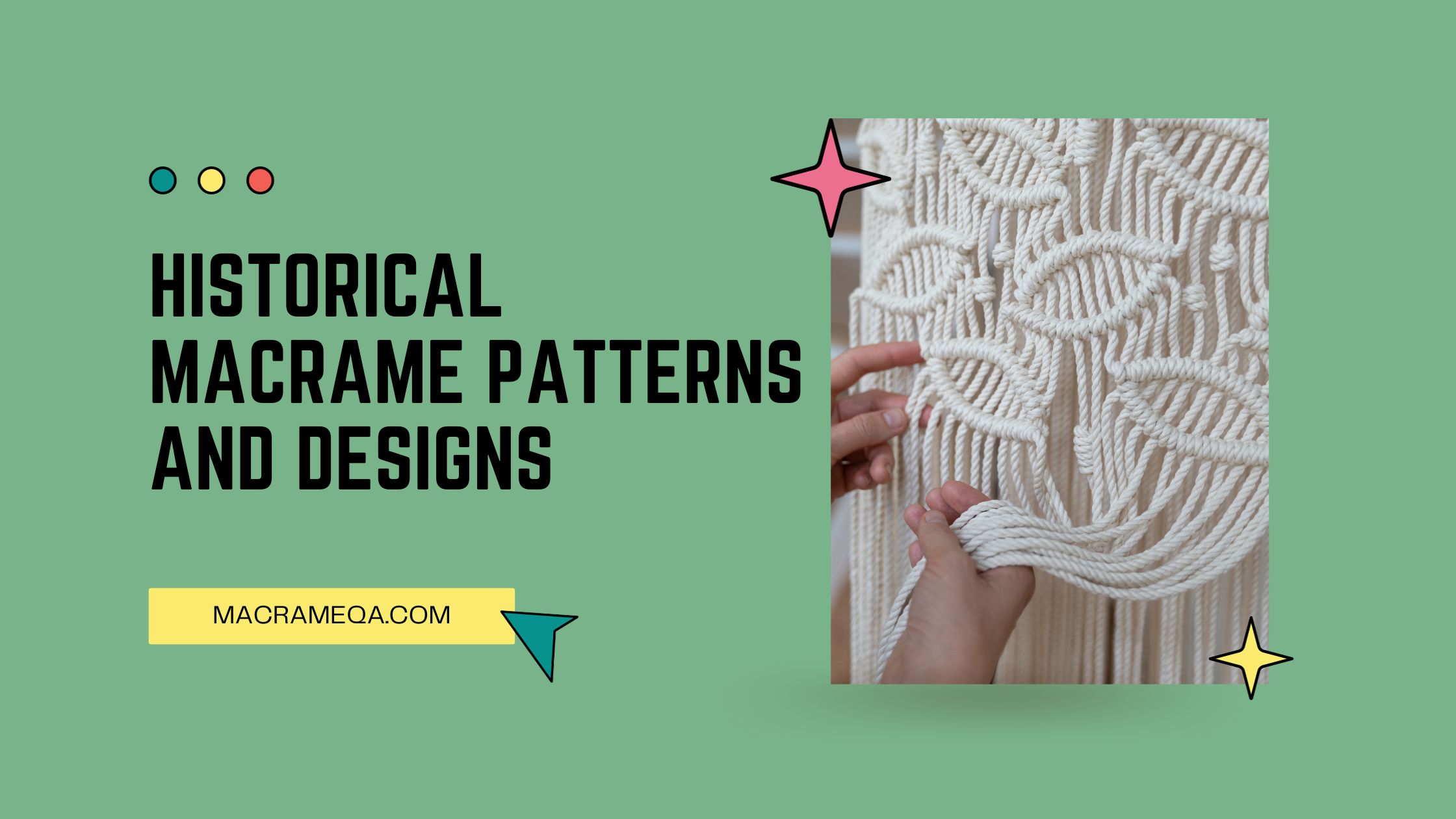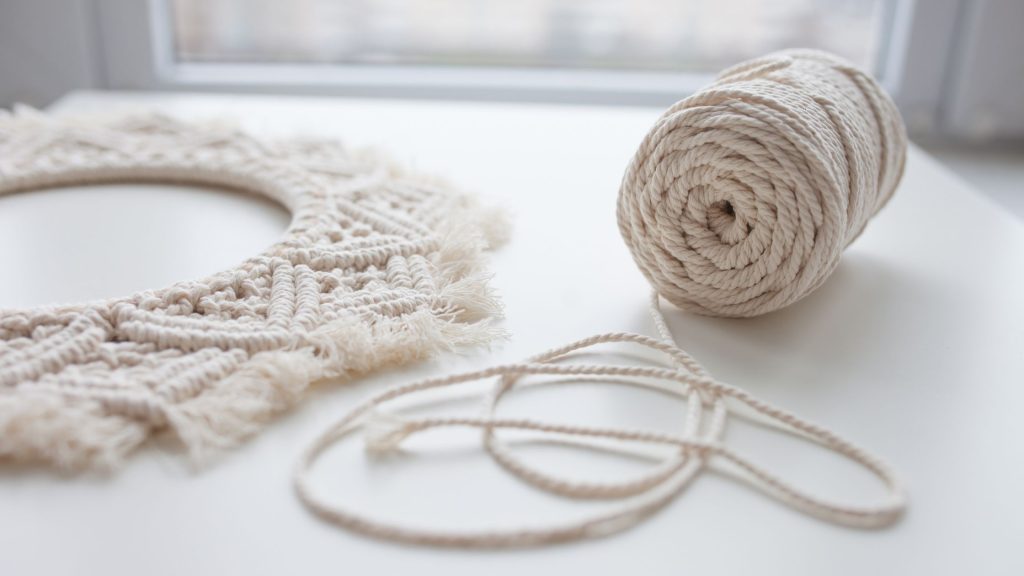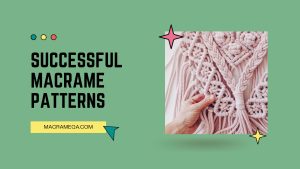`Have you ever wondered about the intricate and fascinating world of historical macrame patterns and designs? From delicate lace-like creations to bold and intricate knots, macrame has been utilized throughout history to adorn garments, accessories, and even home decor. In this article, we will explore a variety of examples of historical macrame patterns and designs, uncovering the beauty and craftsmanship that has captivated generations. Get ready to be inspired and discover the rich tapestry of macrame’s past!
Historical Macrame Patterns and Designs
Macrame is a fascinating art form that has a rich history dating back centuries. From its ancient origins to its modern interpretations, macrame patterns and designs have evolved and flourished over time. In this article, we will explore the various eras and styles of macrame, highlighting some of the most notable patterns along the way.
Ancient Macrame Patterns
Macrame can be traced back to ancient civilizations such as the Egyptians and the Babylonians. These early civilizations used basic knotting techniques to create intricate patterns and designs. One example of an ancient macrame pattern is the Cavandoli knot, which is characterized by its elaborate braided appearance. This knotting technique was used to create decorative cords and belts that were both functional and visually appealing.
Macrame Patterns in the Middle Ages
During the Middle Ages, macrame experienced a resurgence in popularity. The art form was used to create beautiful and elaborate trimmings for clothing, accessories, and home decor. One notable macrame pattern from this era is the Crown Sinnet knot, also known as the Square Sinnet. This pattern features a series of square knots that form a tightly woven design. The Crown Sinnet knot was often used to create intricate belt designs and decorative borders on garments.
Macrame Patterns in the Renaissance
The Renaissance period saw a significant growth in macrame techniques and designs. Macrame was commonly used to create decorative elements for clothing, such as collars and cuffs. One prominent macrame pattern from this era is the Josephine Knot. This knot is known for its complex and intricate appearance, featuring multiple interwoven loops. The Josephine Knot was often utilized in the creation of ornate necklaces and jewelry.
Macrame Patterns in the 17th Century
In the 17th century, macrame continued to evolve into more complex and elaborate designs. This period saw the emergence of macrame lace, which became popular for its delicate and intricate patterns. One notable macrame pattern from this century is the Carrick Bend knot. This knot is recognized for its symmetrical and interlocking design, making it ideal for creating decorative and functional pieces such as hammocks and fishnets.
Macrame Patterns in the 18th Century
The 18th century brought further refinement to macrame techniques and designs. During this period, macrame was often used to create decorative borders and edgings for textiles and garments. One exquisite macrame pattern from this era is the Half Knot Spiral. This pattern is characterized by its spiral-like appearance, achieved by alternating half-knots in opposite directions. The Half Knot Spiral was commonly used to embellish tablecloths, curtains, and other household items.
Macrame Patterns in the 19th Century
The 19th century witnessed a resurgence of macrame as a popular craft. Macrame curtains, plant hangers, and wall hangings became fashionable decorative elements in both homes and gardens. Floral motifs were often incorporated into macrame designs during this period, bringing a touch of nature indoors. One notable macrame pattern from the 19th century is the Flower Knot, which features a series of loops and knots that resemble blooming flowers. The Flower Knot was commonly utilized in the creation of elaborate macrame plant hangers and window curtains.
Macrame Patterns in the Victorian Era
In the Victorian era, macrame became synonymous with elegance and refinement. Intricate patterns and designs were created to adorn clothing, accessories, and household items. The Victorian era introduced the use of beads and gemstones in macrame, adding a touch of opulence to the craft. One iconic macrame pattern from this era is the Diamond Half Knot pattern, which showcases a diamond-shaped repeating motif created through the use of half-knots. The Diamond Half Knot pattern was often used to embellish belts, handbags, and decorative pillows.
Macrame Patterns in the Arts and Crafts Movement
The Arts and Crafts Movement of the late 19th century and early 20th century brought renewed interest in macrame as a decorative art form. This period emphasized the value of handcrafted goods and celebrated the beauty of natural materials. Macrame was often incorporated into various decorative elements, including lampshades, room dividers, and wall hangings. One notable macrame pattern from this movement is the Oyster Knot, characterized by its intricate net-like design. The Oyster Knot was frequently used to create macrame hammocks and elaborate wall hangings.
Macrame Patterns in the 20th Century
The 20th century witnessed a continued evolution of macrame patterns and designs, reflecting the changing artistic and cultural trends of the time. Macrame was utilized in the creation of various decorative items, including handbags, jewelry, and hanging planters. One noteworthy macrame pattern from this era is the Alternating Square Knot pattern, which features a repetition of square knots alternating in different directions. The Alternating Square Knot pattern was often used to create macrame handbags and belts, showcasing the versatility and adaptability of the craft.
Macrame Patterns in Contemporary Design
In contemporary design, macrame has experienced a resurgence in popularity, with artists and crafters incorporating traditional techniques into modern creations. Macrame plant hangers, wall hangings, and home decor items are now sought-after additions to contemporary interiors. Designers have experimented with macrame patterns, incorporating unique materials and blending traditional techniques with modern aesthetics. From minimalist and geometric designs to intricate and organic forms, contemporary macrame patterns showcase the diversity and creativity of this timeless craft.
Conclusion
In conclusion, the history of macrame patterns and designs is vast and varied. From its ancient origins to its current resurgence, macrame has continuously evolved and adapted to suit the artistic trends and cultural preferences of each era. Whether it be ancient Babylonian knots or contemporary geometric designs, macrame continues to captivate and inspire artists and crafters around the world. So, unleash your creativity and explore the intricate world of macrame, weaving your own unique patterns and designs in this beloved art form.









